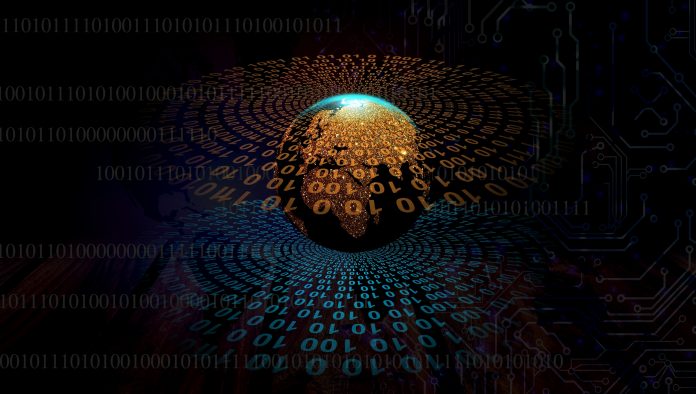Scott Brothers, Group Chief Operating Officer at ONVU Technology discusses how software design is digitising the world with a focus on the influence it has had on modern-day technologies such as virtual and augmented realities
It’s easy to get caught up in the here-and-now, but our working life has changed radically in the past 20 years, and it’s unrecognisable from forty years ago. It’s worth taking a moment to see what we can learn from the huge changes shaping our lives. It’s all down to software, and the changes coming from Silicon Valley that have burst out of the computing hardware it runs on and infiltrated all parts of the way we run our businesses and our lives.
There’s no industry that has emerged so quickly to radically transform the world as the software industry has. If a child had said in the 1950s that they wanted to work in software… well, they would have been remarkably prescient! The first company providing software and services was only set out its shingle in 1955 – the Computer Usage Company. And now every person reading this is only doing so as a result of a collaboration between thousands of businesses, technologists – and perhaps millions of software coders around the world.
Since the 90s the business sector has managed to open up an entirely new domain to widespread use – the web. And whilst we all live a lot of our lives in this entirely new territory, it’s interesting to think about how the web has overlain the real world and made a fusion of the two become real.
How meatspace went digital
‘Meatspace’ is how some technologists disparagingly refer to the real world – it’s the place where us humans go through our messy, and hard to coordinate, interactions. By a rough measure, human society hadn’t really undergone much change for the 100 years before the 1950s (at least in terms of its economic structure and the world of business). Meatspace was very slow-moving.
And now, two generations later, witnessed by our grandparents, life has turned upside down. Economic mobility and entrepreneurialism abound due to the scalability of the web marketplace, and its access to skills, manufacturing and labour that productivity and communications software allows.
From project management and organisation software like Asana, or the instant messaging of Slack, enterprise software allows us to do far more with our time, connecting us, speeding our efforts, and producing higher quality results at a fraction of the cost and to do it ourselves.
But it’s only now that we are really making the most tangible inroads to a fully digital world. Augmented reality, as opposed to virtual reality, seeks to mesh the tangible world around us with this processing power that can transform our ability as humans to leverage our intelligence in order to change the world around us.
Augmented reality: Technologies that superimpose computer-generated images and information over a user’s view, providing a composite view of the real world with extra detail or additions.
Many people are only familiar with augmented reality through games, most famously Pokémon GO. Rather than using this power to play games, enterprises are doing much more interesting things – using smart video to show workers useful information to help them improve their enjoyment and achievement in the workplace.
Smart video is video that can offer live situational awareness and analytics in real-time, giving users deeper insight into every aspect of their physical operations and customer interaction. For example:
- Major retailers are using 360-degree smart video to see how customers interact with in-store merchandising, to see how shoppers move through the physical space of a shop floor and decide how to better shape the journey to make a more enjoyable (and lucrative!) experience for all parties.
- Logistics and building firms are using smart video to automatically flag if safety gear is not being worn in a particular site, like a loading bay where people and vehicles interact.
- Supermarkets are using smart video to alert floor staff when the number of people queuing exceeds a threshold, or when they have been stationary for an unacceptable amount of time.
In every case, smart video provides some simple, but intelligent actions, such as counting people, measuring how fast vehicles are going, alerting when people move into restricted zones, measuring hotspots of activity, or how common journeys are taken around a route. All of these would be very tedious, not cost-effective for a human to do, and many would require specialist equipment and sensors that smart video can manage natively. A video camera, after all, is really just a light sensor, which can measure and provide metrics on a lot more than just a ‘dumb’ video feed – it is a platform to a variety of measuring capabilities, including distance, speed, counting, route plotting, and density mapping.
It’s this smart video technology that promises to truly mesh the worlds of meat and software into an interacting, interdependent whole. By being able to see the hidden figures behind the world, to correlate and interpret what we’re seeing in properly and measurable quantifiable ways is a massive force-multiplier for many kinds of worker. Almost any space requiring the public to be present, from banks to ports, car parks to supermarkets.
Smart video is turning the ‘meat’ world into part of the largest software interface to ever exist. Humanity has never been so integrated and cared for. With an empathetic use of software technology, we have the power to change the world for the better with a maximum of impact for far less effort.











